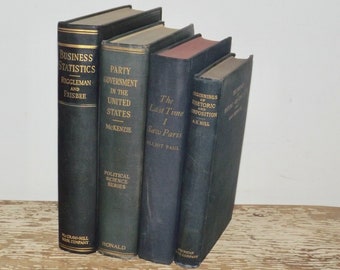

Writing about colour, it turns out, is something many great artists and thinkers have turned to when death is nigh. In his last months on earth, as he was dying of cancer, he dedicated his lucid moments to writing his Remarks on Colour. This is one reason Wittgenstein is so important to Nelson, but another is that he, like she, loved colour. Where it is philosophical, it borrows from a form of writing perfected by early twentieth-century philosopher Ludwig Wittgenstein, whose books suggest order because their propositions (or mini-arguments) are numbered but whose writing subverts that order because the argument posited in one proposition is often reversed in the next, a method Wittgenstein called “pulling the rug out from under the reader.” The experience is destabilizing but also intimate: his reversals allow his readers to think with him. Three forms inspire Bluets: the philosophical tract, the lyric poem, and the autobiography.

Yet what could be more invented than a life story that reads like a novel? Bluets doesn’t invent that way: its inventions are wilder, wiser (and more true) than that. Empathy is based on trust, they say, and inventions are lies. To hear the mass media speak of it, the mere suggestion of embellishment, never mind invention, disrupts the hopeful economy of memoirs in which a writer bares their soul and the reader feels less alone. Maggie Nelson’s Bluets takes aim at one of today’s most beloved forms of writing-the autobiography-coyly challenging the genre’s attachment to truthful stories of the self and the form thought best to convey them: that of the realist novel.


 0 kommentar(er)
0 kommentar(er)
